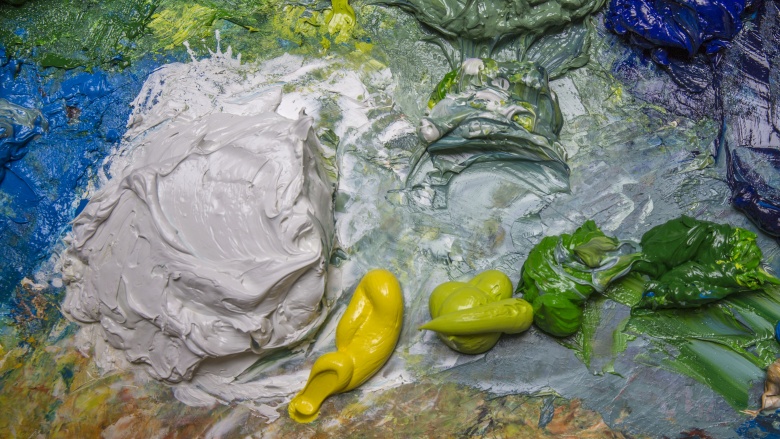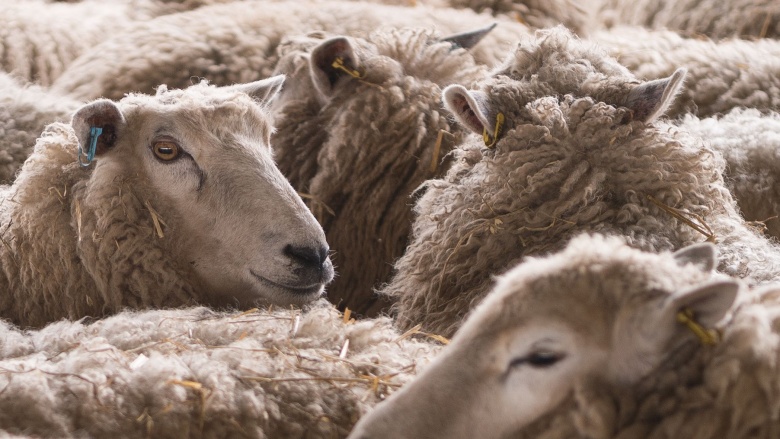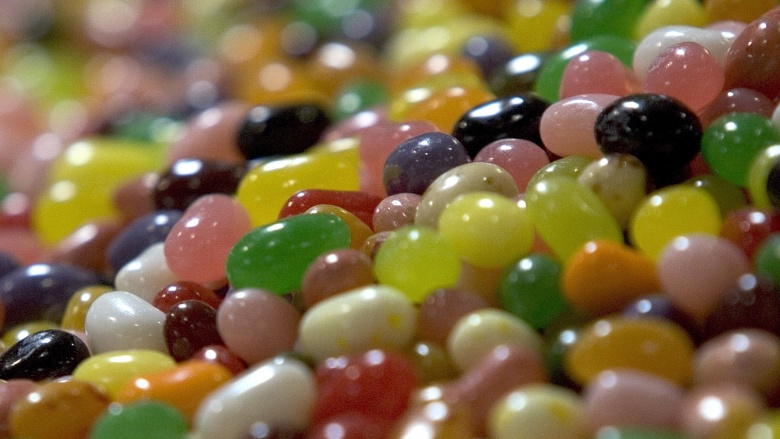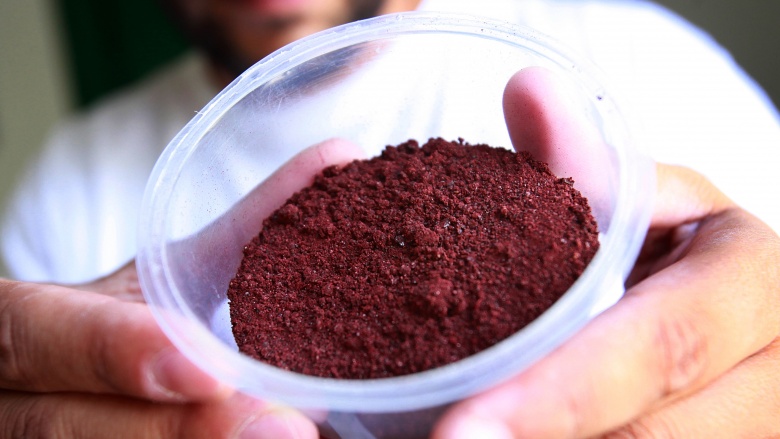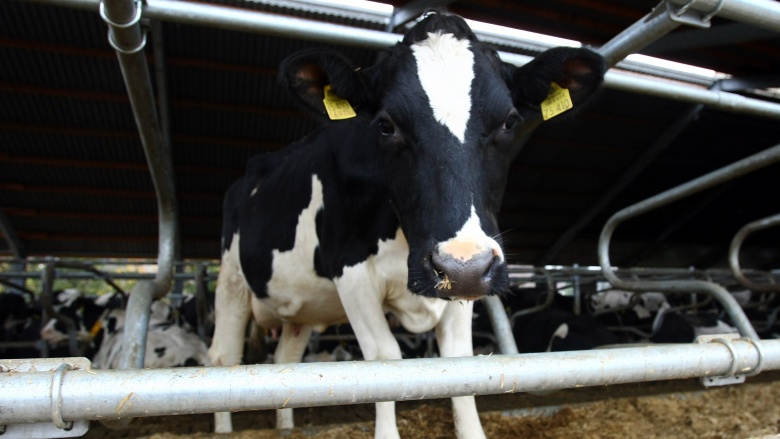Gross Ingredients You Didn't Know You Were Eating
When a food product is released into the world, the manufacturer is legally required to list all the ingredients on the label so you know exactly what you're eating. However, as you may have noticed if you've ever actually looked at a food label, the names of the ingredients don't always look like English. Which means that without some extensive research, the actual contents of your favorite face filler will remain as unknown as it's always been. And as you will see, depending on how much you want to keep eating that snack, that may or may not be a good thing. Remember, just because something is safe to eat, doesn't mean it's not gross.
Cellulose
Most often found in cheese, but also increasingly in everything from bread to low-fat ice cream, cellulose is becoming the go-to ingredient. If you need to add fiber to white bread, stop pre-shredded cheese from clumping together in the packet, or remove fat but keep something creamy, then look no further. And that's fine, so long as you're okay with eating sawdust—and maybe you should be. Because although you may balk at the idea of cooked and processed wood fibers in your food, cellulose is actually indigestible to humans and provides no calories. So the next time you are picking out some ice cream from the supermarket freezer, you can now have it either with regular or with reduced guilt.
Titanium Dioxide
Titanium Dioxide, also known in the food industry as E171, can be found in coffee creamer, salad dressing, and anything else you might want to look a little bit whiter. What you may not know is that the amazing light-reflecting oxide of titanium is not just found in food, but also in paintings of food, and also on the skin of people looking at paintings of food while standing in direct sunlight. Because titanium dioxide is so good at reflecting light, it makes very effective white paint. And since it also blocks out the ultraviolet spectrum, it also turns up in sunscreen, not to mention cosmetics and toothpaste. It's everywhere...and in paintings of everywhere.
Lanolin
Lanolin is a waxy secretion that's produced by sheep to prevent water from sticking to their wool. And if you've ever given a sheep a back-rub, you'll know that it also works wonders on your skin: which is why it is often found in skin care products like hand cream and lip balm. Its water-resistant properties also make it useful for rust-preventing lubricants, shoe polish, and in softening treatments for products like horse saddles and baseball gloves. It's so good at softening things, in fact, that it's probably found its way into your mouth before now, riding on the back of a stick of chewing gum. So if the only sheep ingredient you want to chew on is lamb, maybe learn to tell the difference between mint sauce and spearmint.
Silicon Dioxide
Silicon Dioxide is a smart name for sand, the kind you might find at the beach being pounded into temporary fortifications by small children. And while sand might stick to itself well enough to make the kids happy on the beach, when added to your food it does the opposite and helps keep powdered food products like soup, coffee creamer, and salt from clumping together when they shouldn't. The reason it can prevent food from becoming food castles is because sand is better at absorbing moisture than the food it's added to. But remember, just because there's sand in your food now, that doesn't mean it's okay to play with it.
Shellac
Shellac is a popular wood finish that dries to form a hard and shiny waterproof seal. It was also used to make vinyl records in the 1950s, and even electrical insulators before more practical materials were developed. Shellac is actually an excretion of the female lac bug, which uses it to create tunnels on tree branches. That's then collected and processed into dry flakes to be sold. It takes over 50,000 beetles to make a single pound of dry shellac, so you might be forgiven for thinking that it is a rare and expensive product, but it's not. In fact, shellac is so common and useful that it has found its way out of the wood shop and onto the outside of pills and fruit, not to mention adding the shine to your favorite flavor of jelly beans...which is also partly bug flavor, just so you know.
Carmine
Also known as cochineal extract and E120, the pigment carmine is used to dye everything from clothes to paint to food, and it does it well. It creates such a beautiful and vibrant shade of red that it's easy to assume that it's an artificial color, but that would be a mistake. Carmine has been used as a pigment for hundreds of years, and you know the Aztecs didn't have a laboratory. But what they did have was bugs...lots of bugs. Cochineal bugs to be exact, which, when dried in the sun and ground up, make an excellent addition to your diet, as well as cosmetics, and pill coatings, and that list of things you'll never touch again.
Rennet
Rennet is an enzyme that is an important ingredient in cheese production for separating milk into curds and whey. The word rennet sounds a bit classical, and it must be in some ways, because it's been around so long. But as with carmine, just because it's got historical precedence doesn't mean it's not gross. The reason rennet is so good at manipulating milk is because that is what it was made to do...only it was meant to do it inside a calf's stomach. And while there are non-animal alternatives to calf rennet, it is still a common ingredient in modern cheese making. And as you might expect, the calf doesn't get to taste the cheese it helped make.
L-cysteine
L-cysteine is an amino acid that has several uses in the food industry, but is most commonly used as a meaty flavor enhancer. Unfortunately for the squeamish, the most common source of L-cysteine used to be actual human hair. Fortunately, human hair is no longer the primary source, since it's been banned in the European Union. As a result, it's now mostly produced from poultry feathers instead...which isn't really much better. The use of poultry-produced L-cysteine is so common that you probably eat it regularly, and while duck feathers don't sound particularly appetizing, at least you don't have to think about all that hair in your food.
Propylene Glycol
There's no real way to dress this one up, so we won't: propylene glycol is a common ingredient found listed on the side of anti-freeze bottles. It is the much-less dangerous cousin to ethylene glycol, and because of that distinction it can safely be included in your diet, as well as pharmaceuticals. You can find it in soda, alcohol, and baked goods, where it's used to add flavor. It's also found in frozen foods, but considering its common vehicular application, that seems like it should be counterproductive.
Castoreum
Historically found in vanilla and raspberry flavored foods, castoreum is now pretty rare—and you should be very glad about that, because castoreum is the somewhat flashy name for the liquid produced in a beaver's anal scent glands. These days it is more commonly used in perfumes, and because it costs a lot, only small amounts ever actually makes it into food. And that's not really a surprise: if you had to milk a beaver's anal scent glands to make a living, you'd charge a lot for it too.


